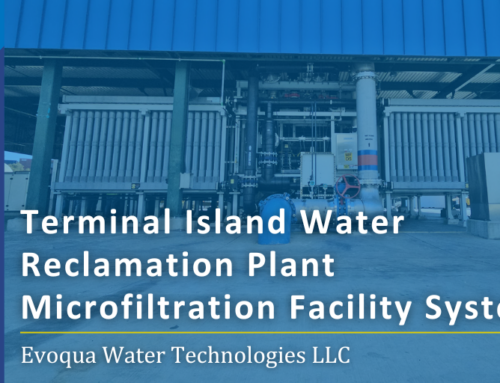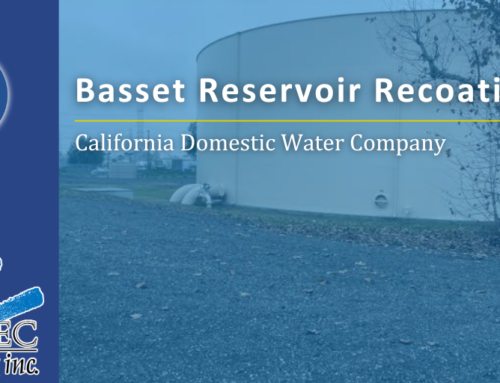After a wildfire has been extinguished, conditions left behind can pose continued risk to nearby communities. By altering the natural landscape, fires may lay the groundwork for worsened floods, debris flows and landslides come rain season, especially in foothill areas. Fortunately, proactive improvements to local infrastructure can mitigate the dangers of flooding.

How are wildfires and flooding connected?
Under normal conditions, vegetation, organic matter and other absorptive materials on the ground act as a natural sponge during rainfall. After a fire, the burned earth becomes hydrophobic and sheds water much like pavement or a sheet of glass. Hydrophobic soil conditions make for severe flooding risk as even light rainfall can form streams, rivers, and floods particularly in foothill communities. In addition to altering the absorptive properties of the landscape, wildfires weaken the soil and leave behind debris such as fallen trees, making sediment and debris flows a compounded risk during flooding.
Using hydrologic modeling to map and mitigate flood risk
Wildfires are an ongoing risk to foothill communities of California and Arizona; as wildfire events become increasingly prevalent, it is critical to enact preventive measures wherever possible. Hydrologic modeling is a method used to predict the flow direction and volume of runoff following rainfall in both normal or existing and potential post-fire conditions. By using this predictive tool, communities can implement solutions for controlling water flow and redirecting runoff away from structures, roads and neighborhoods.
Civiltec Engineering uses two-dimensional hydrologic modeling to help agencies predict and plan for storms in post-wildfire conditions. Once a wildfire has actually occurred, the predictive models can be customized depending on burn area and severity.
Case study: the Schultz Fire
A broad coalition of experts, including Civiltec, were brought together to execute flood mitigation work during the Schultz Fire in Flagstaff, Arizona. The Schultz Fire and its aftermath created devastating effects on surrounding communities. Once the fire was contained, rainfall brought heavy floods that carried boulders and trees into residential areas, destroying properties, and tragically caused loss of life.
Following the disastrous initial rainfall events, a flood mitigation team achieved significant success in stemming further flooding and debris flows. With support from federal funding sources, the team performed cutting-edge alluvial fan restoration work in the national forest and built critical infrastructure, including flood relief channels and culverts.
Civiltec has also performed flood mitigation work related to the Slide Fire and the Museum Fire. In both instances, Civiltec collaborated with emergency responders, government agencies and other experts to assess flood risk and implement proactive solutions.
Chris Dusza, P.E., C.F.M. and Andrew Shroads, P.E., C.F.M. are floodplain and hydrologic modeling experts at Civiltec Engineering. They manage public works/capital improvement projects for Civiltec. If you have flood mitigation needs, please reach out to us.



